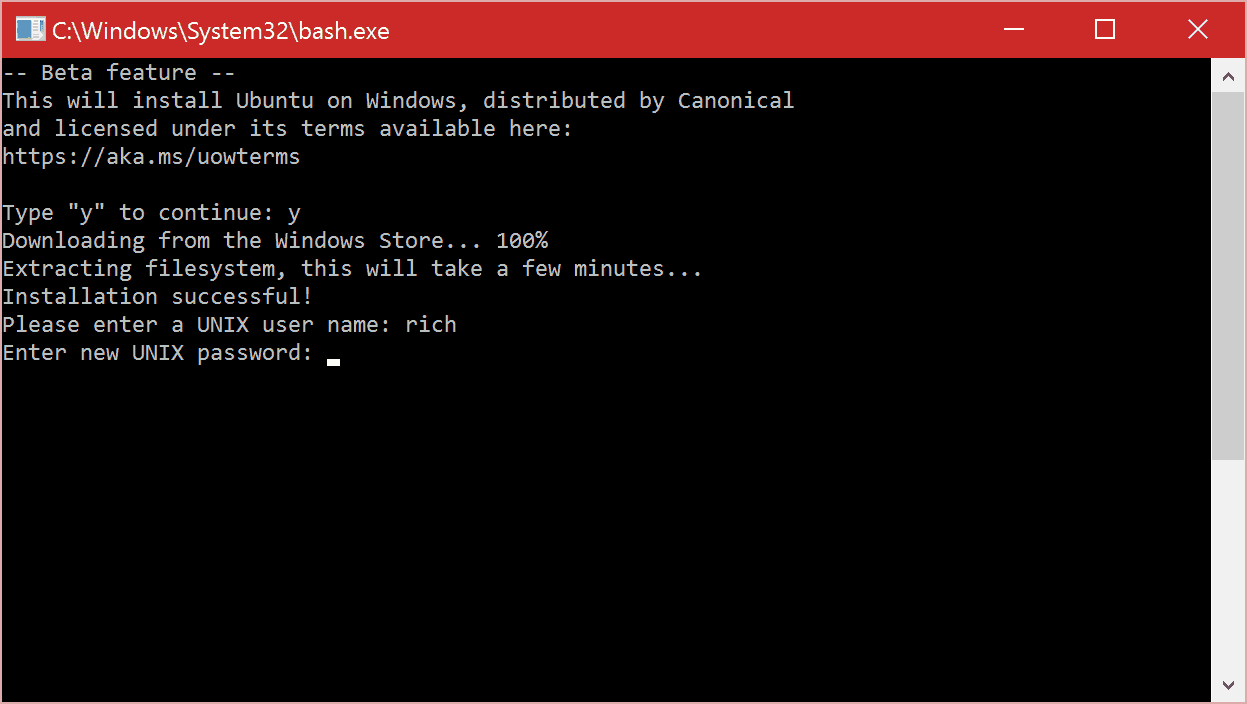Execute Program Via Ssh
Posted : adminOn 4/5/2018
I would like to actually ssh into a machine (not remotely execute a command like ssh -i key.pem user@host 'bash -s'. If you pass a command in the arguments ssh runs non-interactively; $ ssh -t user@localhost echo foo user@localhost's password: foo Connection to localhost closed. A solution is to replace the non-interactive shell with an interactive shell in the command passed to ssh: $ ssh -t user@localhost 'echo foo; exec zsh' user@localhost's password: foo% In your case, to replace the non-interactive shell e.g. With an interactive Bash instance: import os os.system('xterm -e ssh -tt -i key.pem -o StrictHostKeyChecking=no ubuntu@ip_address 'yRouter/src/yrouter --interactive=1 user; exec bash').
Ssh to run remote commands Copyright Phillip Farrell. Last revision August 3, 2004 Table of Contents: • • • • • ssh to run remote commands In addition to using ssh to get a complete remote login session, you can use it to run a single command on a remote system and get the output back to your local system.

May 12, 2016 Run Program. Run. Audacity Manual 1.2 6 here. Net Script. Start/Stop Service. Restart System. If you want to prevent The Run SSH Command activity from using SSH-1.
You can use this to quickly run a single command on the remote system (e.g. Lotr Bfme2 1.04 Patch on this page. , ls to see a list of files). Or you can use ssh remote commands as part of a of multiple commands, some of them on the local system, and others on the remote system. Syntax: ssh systemname 'command_and_arguments' You must put the entire remote command and its arguments in quotes if it contains any special characters that the local shell might otherwise try to interpret (you want them to be interpreted by the remote shell). The standard input of your local shell (e.g., your terminal) becomes the standard input of the remote command, and the standard output of the remote command is routed back to the standard output of your local shell (e.g., your terminal). Ssh can participate in pipes, in which one program runs on the local system and one on the remote system, and ssh takes care of connecting the standard output of one to the standard input of the other across the network. Unless you have enabled 'password-less', ssh must still prompt for your password on the remote system, but it will prompt directly to the terminal and this will not interfere with the data pipeline. Jehst Underworld Epics Rar there. For example: ssh kunabasin 'ls -1 /' grep '^d' In this example, the ls program is run on the remote computer kunabasin, and its standard output is routed back via the pipe to the grep program running on the local computer.